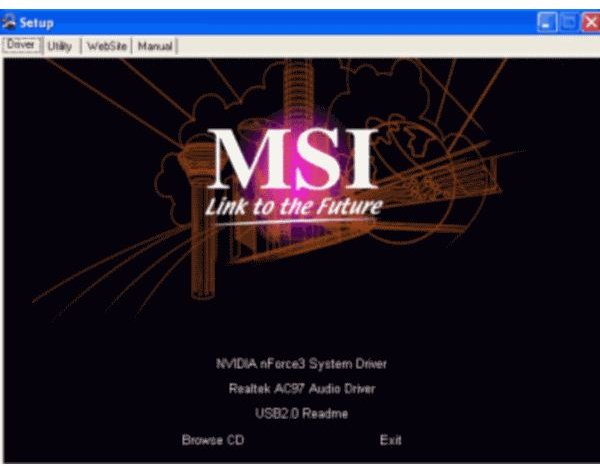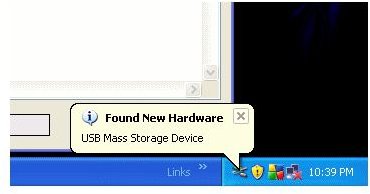No Disk Drives in Device Manager - Easy Troubleshooting Steps
No disk drives appearing in Device Manager isn’t something you should ever see. For one, the disk that holds Windows should show up there and we know that one is working because you’re using it!
When you add hardware to the system, you generally see the Found New Hardware dialog box, which signifies Windows has detected it, is searching for, and installing the relevant driver. If you have added drives to your machine and don’t see this message, it could be for a couple of reasons.
The first one being that the drive isn’t connected properly. The IDE or SATA cable could be misaligned, or not fully connected. There could be no power to the drive, it may not be attached to the PSU, the plug might not be fully connected or may be faulty.
Checking hardware issues is the best place to start as part of the information that Device Manager uses is acquired from the hardware itself. If Windows cannot see it then there may be a physical issue that needs addressing.
Once you connect power to the drive you should hear it spin up, even if it doesn’t appear in Windows. Check that it spins up, and ensure it appears as a drive in the system BIOS. If it doesn’t appear there, then it is definitely a hardware issue.
Ensuring the cables are properly connected and working is the next check to make. If connected correctly, swap the IDE or SATA cable with another one to see if the cable is faulty. Do the same with the 3-pin power cable from the PSU.
If the drive spins, and appears correctly in the BIOS, then the problem could be driver-related. For example, if a hard drive isn’t appearing, and it’s on a different IDE or SATA port, the driver for that port may not be installed. The motherboard uses its own firmware to detect devices attached to it. Windows uses drivers as it can’t access the firmware on the motherboard.
When Windows is first configured, only the drivers needed to run at that time are installed. If a secondary drive is added later, it may need drivers installing for it to work.
When building or first configuring a new motherboard, you need to install the drivers for it before anything else. Windows will need to know how to access on-board devices such as the IDE or SATA, network ports, on-board audio or graphics if your motherboard has them. These are sometimes known as chipset drivers, and contain specific instructions to allow Windows to communicate properly with the motherboard.

There should be a driver CD included with the motherboard. Alternatively visiting the manufacturers website should provide you with the latest chipset drivers for you to download. Installing, or re-installing these drivers should allow Windows to access the drive and make it appear in Device Manager. The system will probably need a reboot to refresh everything, then once Windows has loaded, the new drive should appear.
It may seem a little complicated at first, but if you break the process down, it is fairly simple. Following these steps, in the correct order should see any errant drives appearing in Device Manager as normal.
